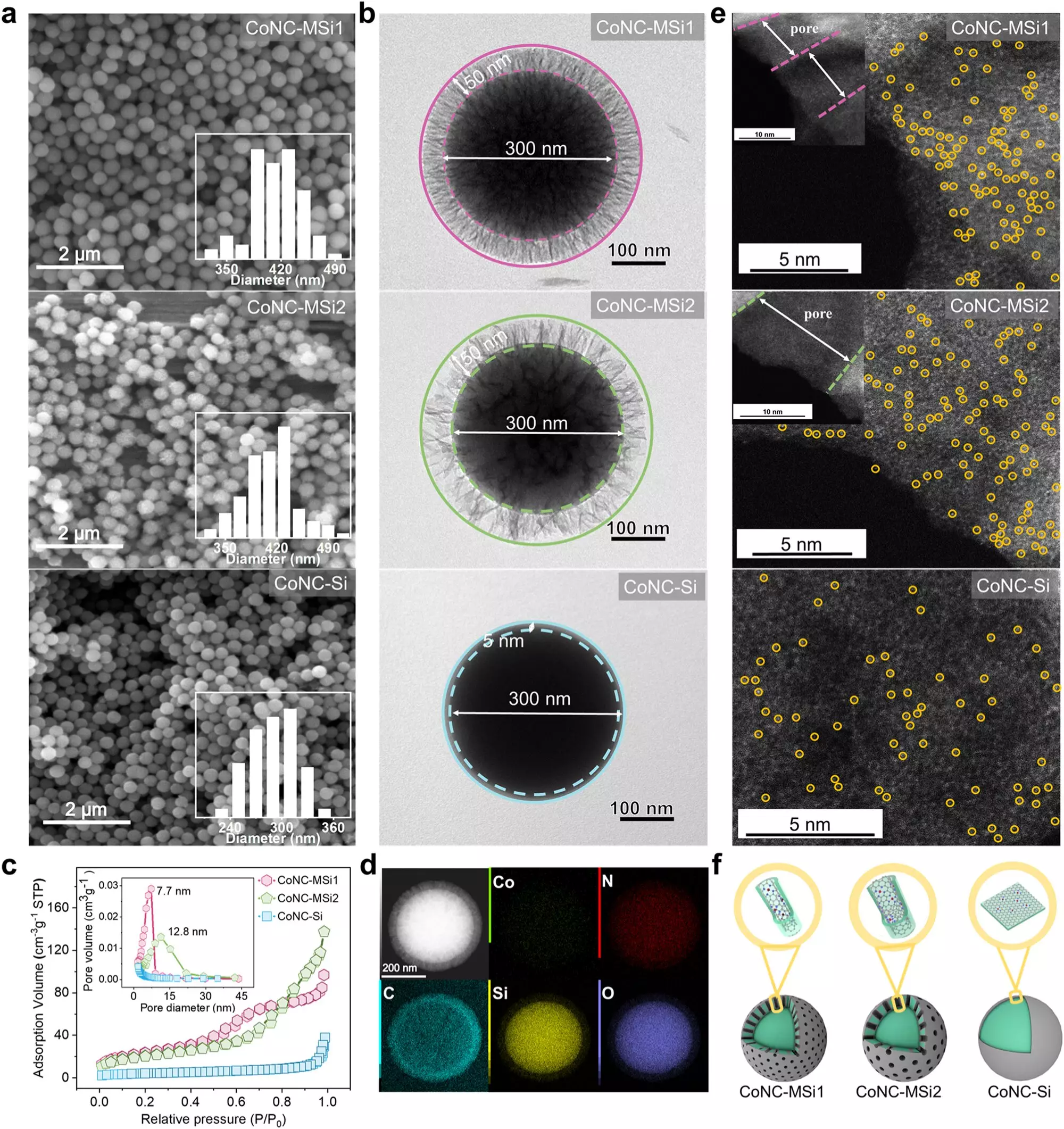In an era where water pollution is increasingly threatening ecosystems and human health, innovative solutions are necessary for effective remediation. Recent findings from a collaborative research effort by scientists at the University of Science and Technology of China and the Suzhou Institute for Advanced Study may pave the way for cleaner water through the utilization of single-atom catalysts (SACs). Published in the esteemed journal *Nature Communications*, this groundbreaking study reveals a new technique that enhances the breakdown of hazardous pollutants in aqueous environments.
Historically, water purification techniques have struggled with efficiency due to the inherent limitations of catalysts. The process of water decontamination often suffers from slow reactant diffusion toward the catalyst’s active sites and excessive requirements for oxidants. Despite earlier advancements utilizing nanoconfinement—a method that enhances the local concentration of reactants—the mechanisms behind these improvements remained unclear. Understanding these underlying processes was critical for developing a more efficient solution to water pollution, an issue that remains complex due to varying pollutant characteristics.
The research team made significant strides by incorporating SACs into a well-defined Fenton-like catalytic system. When confined in nanoscale silica pores, these catalysts demonstrated remarkable efficacy. The confinement not only facilitated faster reactions but also altered the pathway through which pollutant degradation occurs. Instead of relying on singlet oxygen, a notoriously reactive but limited species, the catalyst transitioned to a direct electron transfer method. This shift markedly increased the efficiency of pollutant decomposition, yielding a staggering 34.7-fold enhancement compared to traditional methods.
The investigation yielded impressive results in terms of oxidant utilization, which surged from 61.8% to an astounding 96.6%. Such efficiency is crucial, as it minimizes resource consumption while maximizing pollutant breakdown. This research identified that the SAC system was especially adept at degrading electron-rich phenolic compounds across various environmental conditions. Importantly, tests conducted in real lake waters confirmed the robustness and effectiveness of this new method, showcasing its potential applicability in diverse scenarios.
This research provides crucial insights into the workings of nanoconfined SACs and signifies a leap toward more sustainable water purification technologies. Recognizing the importance of advanced oxidation processes, the findings not only offer optimized techniques for pollutant degradation but also open avenues for new environmental applications. As global water resources face increasing pressure, such innovations could be fundamental in the responsible management and restoration of clean water.
With the pressing need for effective water purification methods, the breakthrough presented by the researchers stands to make a significant impact. By leveraging single-atom catalysts in a Fenton-like system, we are looking at a transformative approach to tackling the persistent challenges of water pollution. The promise of enhanced efficiency and sustainability aligns with global goals to maintain environmental integrity, heralding a new era in the quest for clean water solutions.


Leave a Reply